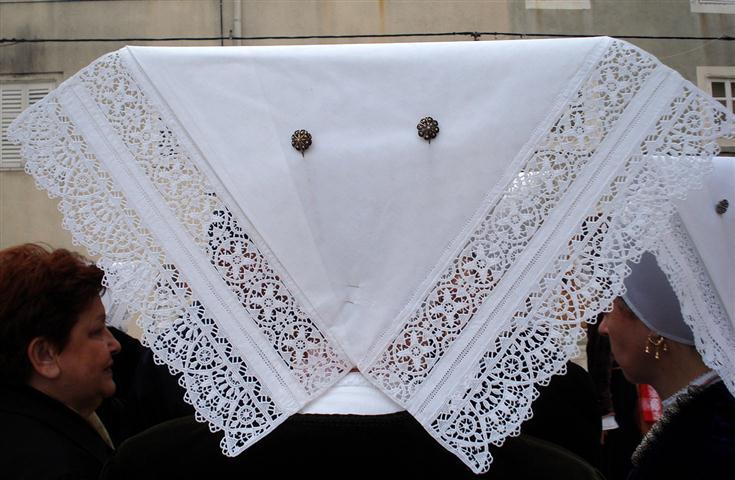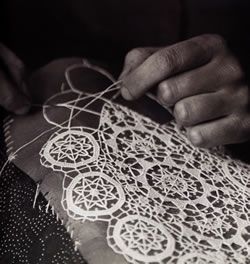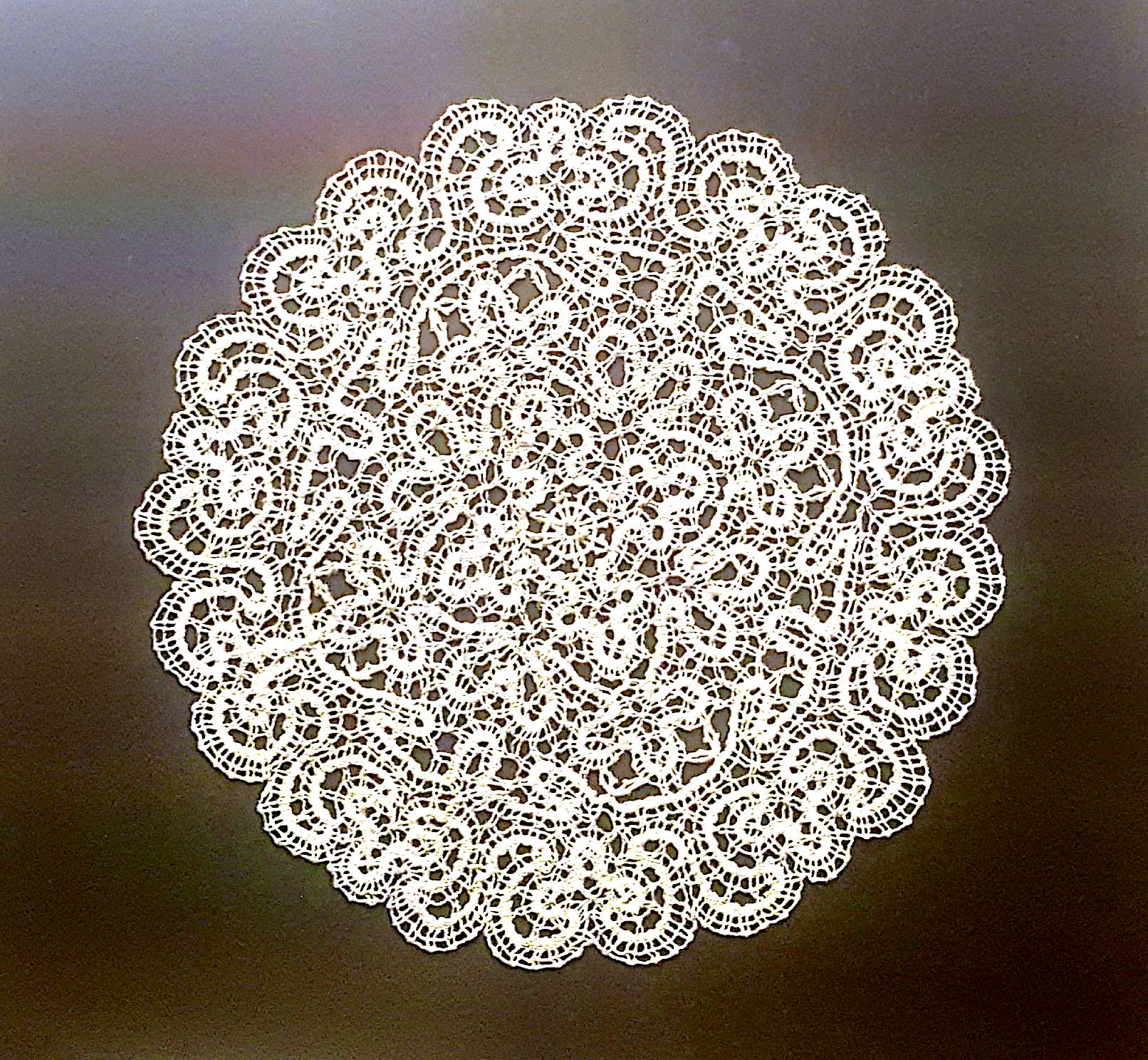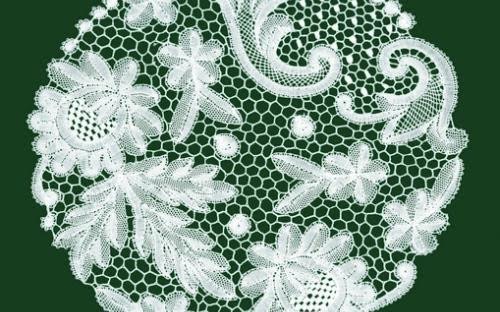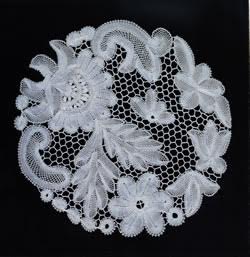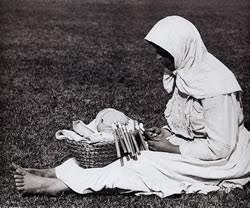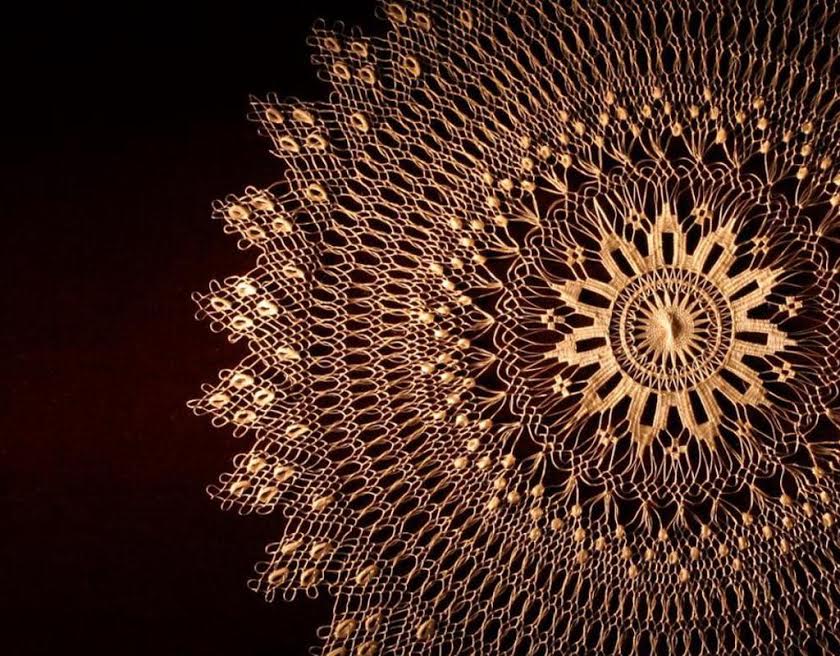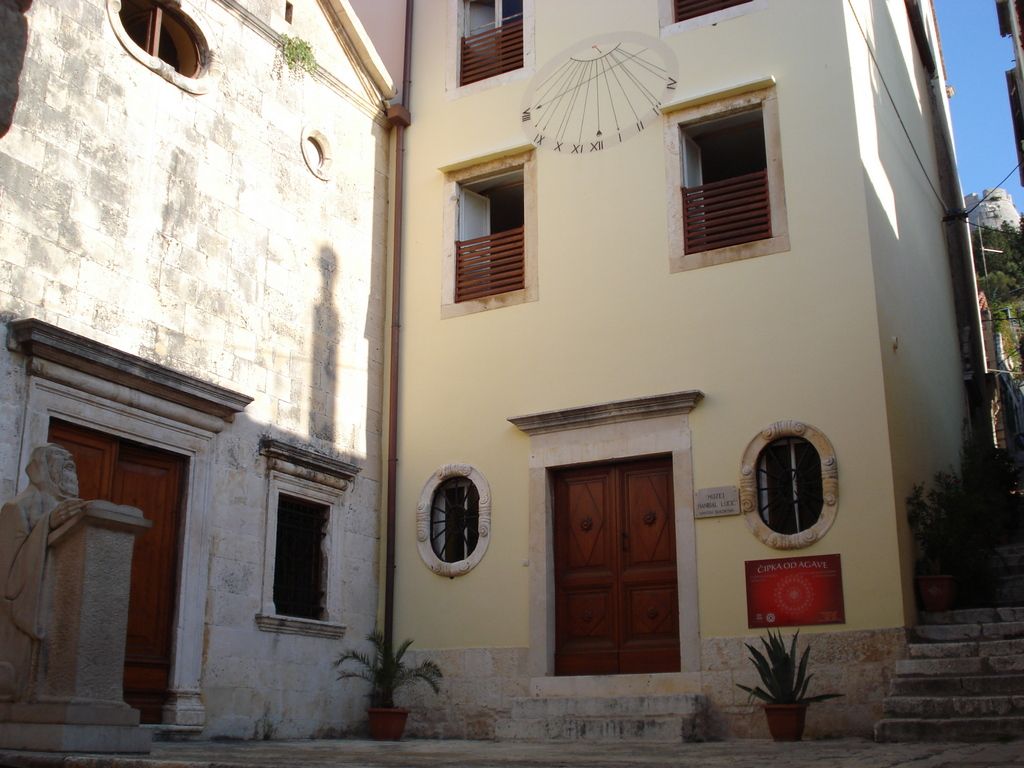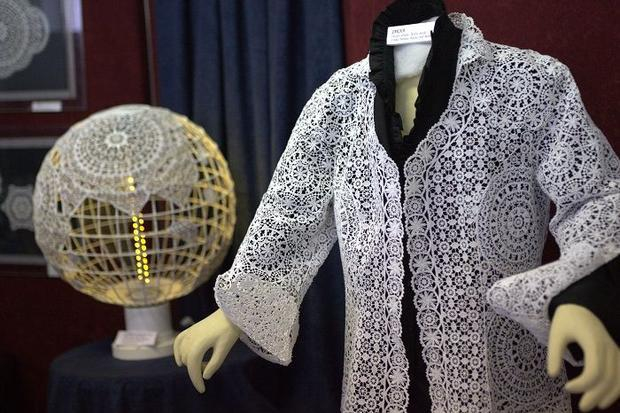There is one UNESCO protected heritage that unites these different regions with same heritage – traditional lace making. This unique handiwork that presents different types of lace comes from island of Hvar (aloe lace), island of Pag (needle point lace) and the small town Lepoglava in northern Croatia (bobbin lace).
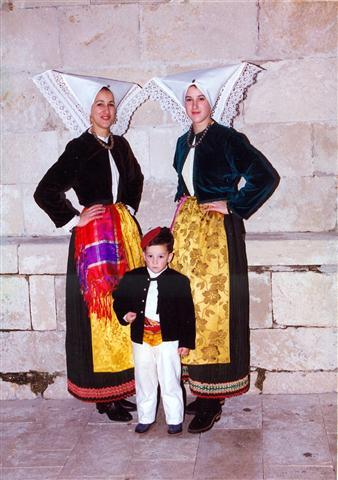
Lacemaking in Croatia dates back to Renaissance times, and it has been UNESCO intangible heritage since 2009, as well as ethnographic and cultural heritage for Croatia. The main difference between lacemaking in Croatia and other European countries is in the makers of the lace. In Europe, lacemaking was exclusively done by nuns in convents and nobility, while in Croatia is primary done by countryside women in small villages who got their knowledge from convents and mansions. Treasuries of Croatian monasteries, convents, churches and museums show lacemaking was first developed there and then it was shared with common people.
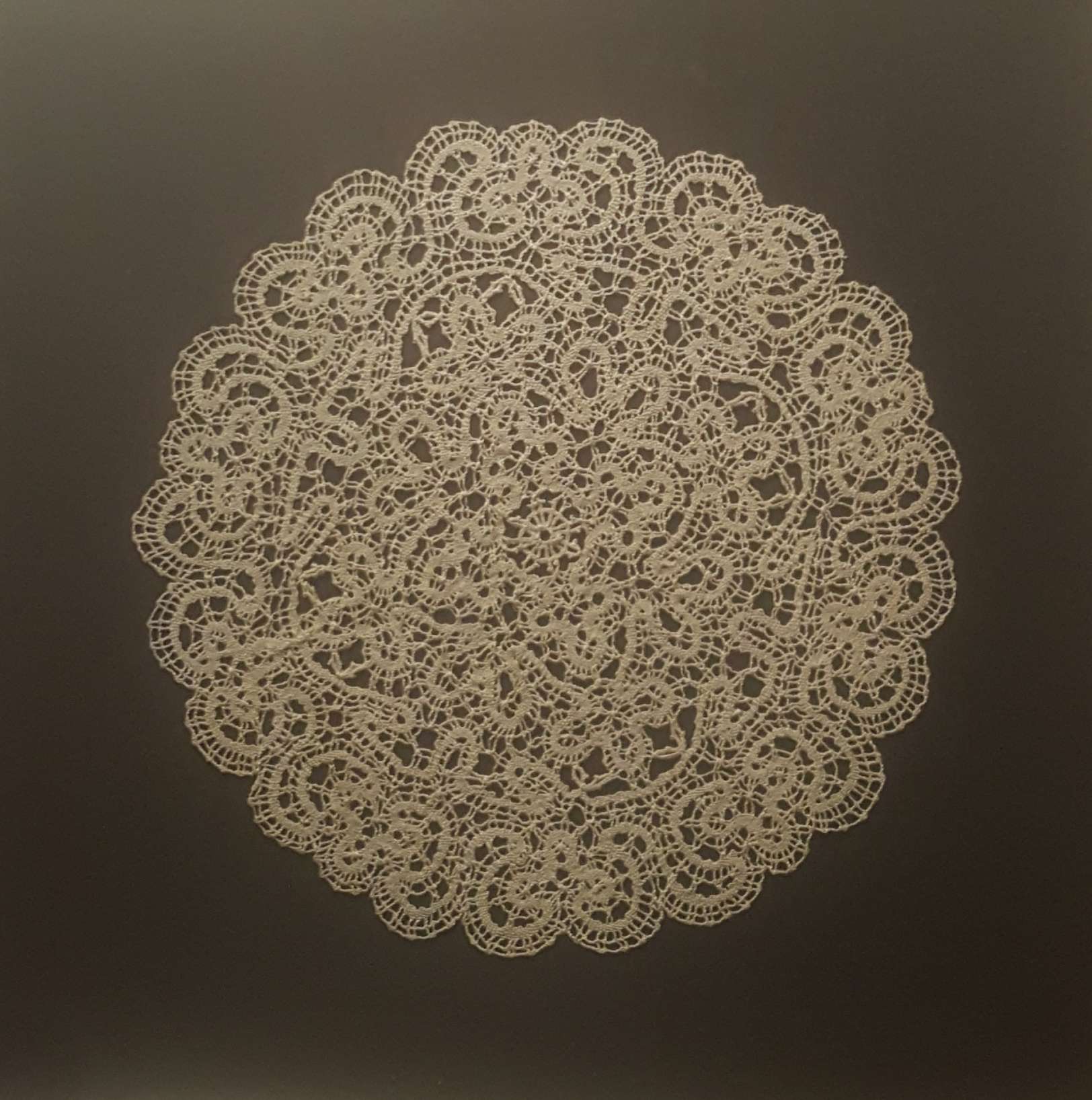
These women used lace for traditional clothes and furnishing and as an additional source of income. The technique and appearance is a bit different to lacemaking in Europe. Lacemaking has a centuries-long tradition in Croatia, and the skill is passed on from generation to generation in families but was also taught in schools. Lace schools lasted until the mid-20th century on Pag and in Lepoglava.
One of the definitions of lace is “handmade openwork made from linen, silk, aloe, silver and gold thread “. There are many different kinds of lace but the finest lace in terms of craftsmanship and quality is needlepoint and bobbin lace. The development of lacemaking has its roots in different textile handicrafts, like weaving and embroidery. The type of lace depended on cultural influences in the region. As an example, needle lace from Pag was spread in other Mediterranean countries while bobbin lace was influenced by central Europe.
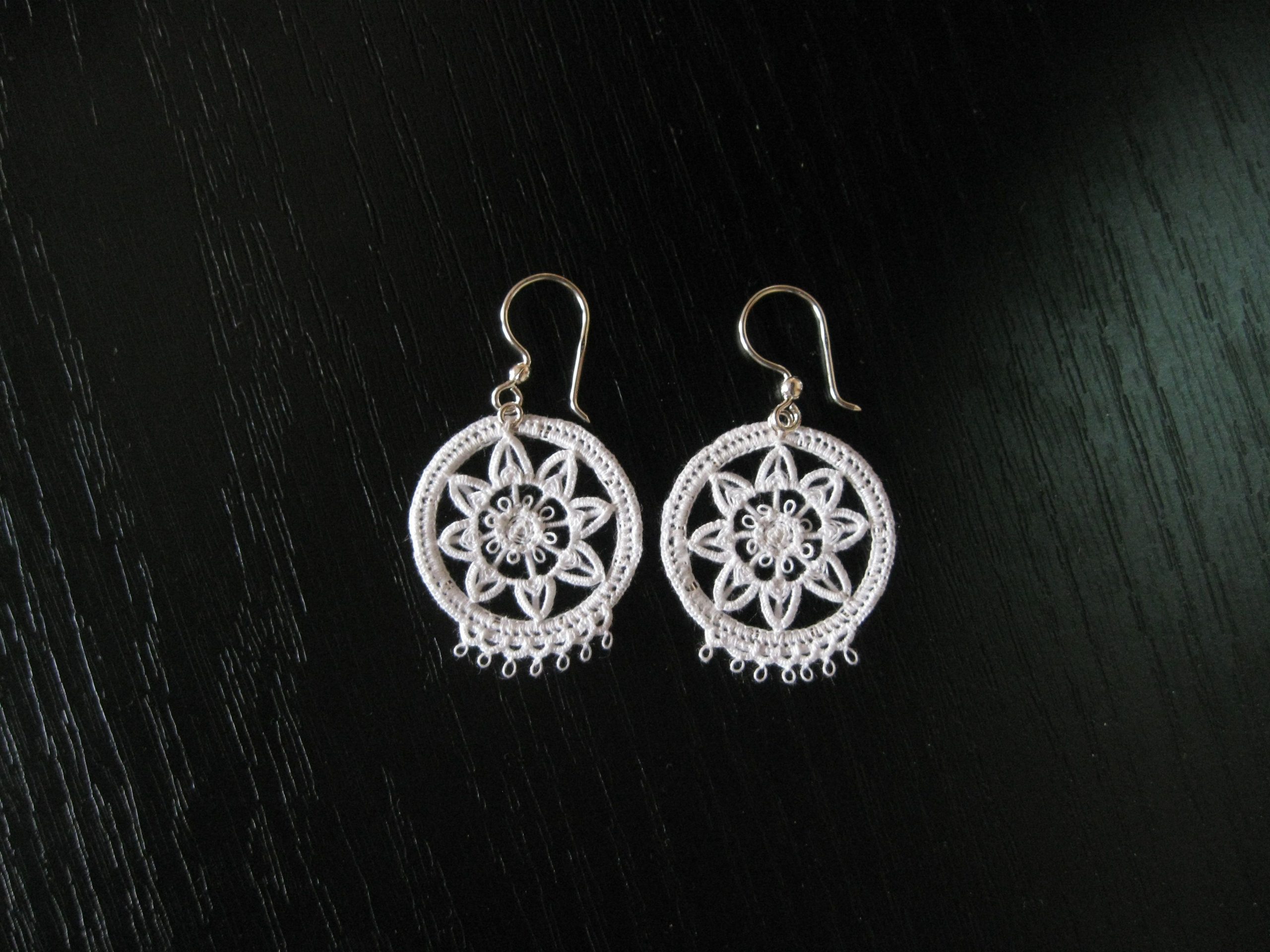
The ribbon bobbin lace from flax fibres from Lepoglava was used as decoration for the folklore costumes and clothes or for sale at village fairs. To celebrate this lace making tradition, there is an International lace festival each year in Lepoglava. The lace strips were used as trimming for different clothes and the patterns are mostly geometrical, animal and floral. For the lace heritage in Lepoglava it is considered that Paulins order brought it to peasents. The golden era for lace making is definitely end of 19th and beginning of 20th century thanks to Zlata pl. Šufflay and Danica Brossler who held classes, workshops and a school of lacemaking. The lace from Lepoglava was sold on different fairs and exhibitions, in Zagreb, throughtout west Europe. The international lace festival is held from 1997 in Lepoglava and its 20th anniversary was in Septmeber 2016. They have various lacemaking events, live music, international projects which make this heritage even more valuable. There is also a lacemaking high school which nurtures lacemaking heritage and lacemaking cooperation where new generation of lacemakers is formed and they are the ones who keep this tradition.
Pag needle lace is ornamental decoration which first appeared in folklore textile as garments, tablecloths and clothes and then as an independent decoration. It has a spider web pattern and geometrical motifs and the lace making is taught by elderly women. It characteristic form is reticella and gothic geometrical patterns which are the main characteristics of renaissance lace – this was quite common on islands. The origin of the Pag lace comes from city of Mycenae, and the lace-making tradition dates back to the late 15th century when it was first connected to Benedictine convent that also held lace making school. The convent keeps the lace collection with more than 127 exhibits throughout 150 years and it presents Croatian cultural heritage. Lace from Pag is unique because it doesn’t have set template or blueprint but the way of making it is being transmitted from generation to generation. Pag had a lace school from beginning of 20th to mid 20th century, and it produced more than 200 new lacemakers. Lace making is part of the school programme – this, lace association and lace festival are important factors for preserving this heritage on Pag island.
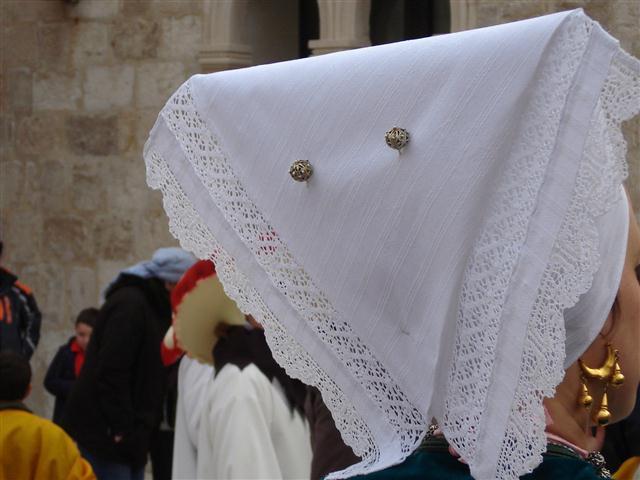
The third lace inscribed as UNESCO heritage, is Hvar lace and it is made from aloe in form of a net or some other pattern. This lace is still connected to the Benedictine convent unlike lace from Lepoglava and Pag. The aloe leaves are picked during a specific time of the year and are processed to get this white thread. Nuns from this convent came from Pag in the 17th century when the lace-making tradition was more than 100 years old.
Lace as part of clothing is mostly used as ornament on shirts and as part of traditional Pag costume called “pokrivača”. Pag lace is successfully implemented as part of jewerly. The lace is used as decoration for bed linen and as part of church vesture. The most common way of displaying lace is to put an ornament on the table or hang it on the wall and this is common both for Pag and Lepoglava lace. In this way, the beauty of lace is the best presented.
Source: Ministry of Culture, Culturenet – Eckhel N., Ethnographic museum Zagreb, Paška čipka, Lepoglavska čipka, Tourist board Lepoglava, Tourist Board Hvar, Tourist Board Pag, Festival čipke Lepoglava
Photos: The Ethnographic Museum, Zagreb; The Museum of Varazdin; Paška čipka, Lepoglavska čipka, Tourist board Lepoglava, Tourist Board Hvar, Tourist Board Pag
